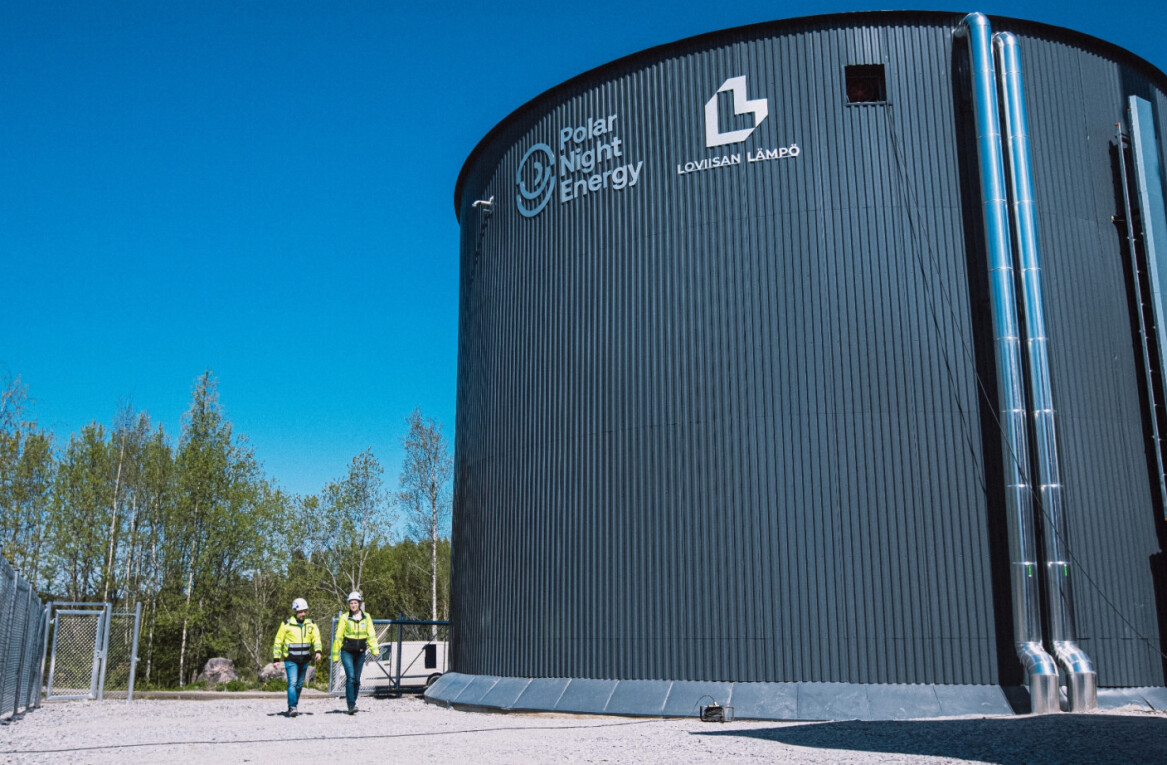
Unicorns, rainbows, seed, pre-seed, angel… my head was spinning as I changed fields a couple of years back. After a decade in PR, comms, and journalism — having worked mostly for the ‘big guys’ with their big partners like Sony, P&G, HP, Cisco, Netflix, etc. — I entered the crazy world of startup PR. I was a total novice here, honestly thinking VC meant ‘video chat’.
But the switch meant more than learning a few new acronyms. When you say to a journalist “Hi, I’m from Google,” well, they probably know that without you needing to introduce yourself. When you say “Hi, I’m from [insert startup name, anyone from pre-seed to series A],” it’s a hard sell.
I swim in the startup waters pretty comfortably now, but it’s been a learning curve. I’ve got to understand the differences between doing PR for big global names, any old SME, and doing it for startups of all sizes. The biggest lesson? Pitch to journalists as you pitch to VCs.
So here’s how I came to that conclusion, along with my observations, humorous learnings, and frank thoughts, which are perfect for:
- Early startup founders who are not sure what to expect from PR
- All startup founders who expect to be on the cover of Financial Times
Let’s dig in!
1. PR really can make an impact
If you land a great piece of coverage for Sony (hello, my old employer), you fill a row in a coverage tracker, and… that’s about it. Job done.
Don’t get me wrong, absolutely, there is a place for PR as a tool for large companies that have been established for years now, but the impact it makes is usually nowhere near to what you can do for a startup at any stage.
After landing a full-blown piece on BBC for a startup, my client told me they had a pipeline of 30 bluechip companies on the back of the coverage.
This has been one of my favorite, most rewarding, startup moments so far — I actually made an impact for the company, for the individual founder who is trying to change the world through the power of technology. I thought that was amazing. So yes, PR can really make it for startups.
Note: this is by no means a sales pitch. I, or any other PR, can’t promise anyone to get them on BBC. Also, if your value proposition isn’t strong or the timing isn’t right, no coverage will make a miracle for you. But that’s for a different article.
2. It’s hard (to stand out)
Figures provided by the Office for National Statistics (ONS) and analyzed by Tech Nation showed almost 20,000 tech startups were born in the UK in 2020. That means every 30 mins, there was a new entity fighting not only for attention from VCs and customers but also for the journalists you want to write about you. Not to mention your global competition.
The likes of TNW, Sifted, Techcrunch, and UKTN get hundreds if not thousands of PR pitches a day.
“I receive around 70-80 individual interview pitches in a day, and as far as pressers and op-eds are concerned, the mailbox goes beyond 500 sometimes. It’s just crazy on this end,” Akansha Srivastava, the editor at UKTN, told me.
In other words, this space is crowded like Borough Market on a sunny Saturday. You need more than just your innovative (journalists don’t like that word) idea or solution (or this one, really) to stand out. And please never try to buy them — just in case you were thinking about it.
Also, remember that nationals often don’t have dedicated startup writers, and technology journalists need to follow editorial rules — often outlining criteria you should meet to come across credible enough to the reader.
Similarly to the investor mentality, if a journalist does decide to write about an early-stage startup, they would choose one they believe will fly, so in five years time, they can say, “I was the first to write about them when they were a 20-people team and now they are going IPO.”
So you need to work hard to persuade them that there is a place for you on the market.
3. It’s useful and fun
From bone conduction technology and voice recognition to Bitcoin and IoT, I love watching innovation happen from the front row. And it’s not just about tech. I’ve been lucky to meet some inspirational founders, marketers, writers, and salespeople, mostly full of passion and drive. And some of them are bloody good at telling stories.
As mentioned, you often need much more than just a good product to stand out among 100s of competitors’ pitches. On the journey to what we, PR people, call ‘storytelling,’ startups often also learn a lot about themselves.
They discover new aspects of their product, gaps in brand positioning, and founders meet some great journalists and pick up a few things personally. So PR is a useful exercise that can help shape your pitch to investors and prospects too.
4. The startup community is cliquey
Good news, it’s not too big — yet. You can quickly find a way to recognize the best startup journalists, sherpas, VCs, and mentors.
Bad news, everyone knows everyone, and it can feel a bit… cliquey to an outsider — more than other groups of journalists I’ve worked with.
So it’s really worth the effort to put some time and energy into building personal relationships with journalists. In regards to my previous point, remember, a top-tier journalist speaks to both your competitors and VCs, so these guys know a lot and there’s a lot of intel you can get from them as well.
5. The bulls and the bears — timing matters
The risks and adrenaline involved in raising a startup are not too dissimilar from trading, and in my experience, most founders either fall in the bull or the bear category.
I’ve met startups founders who wanted to go all in… all the time. It was usually the types who wanted to be interviewed by Forbes after their pre-seed funding of $200K. I’ll let that sink for you.
Some — not many — actually don’t want to be on the cover of national newspapers. They want to stay low-key, especially at the beginning, carefully paving their path before giving too much away to the competition.
While consideration of timing when it comes to releasing news is important for a company of any size, in the world where groundbreaking innovations and the fight for investor attention play roles in the same field, it’s paramount.
6. Expectations are often as realistic as the likelihood of meeting a unicorn in real life
Your startup is your baby and you want only the best for it (read coverage in FT or ‘at least’ Techcrunch). And what do you base this expectation on?
- You’ve just launched and you want to change the world
- You’ve got £10m funding in series A
- Or £90m in series D
- You are growing 50% year on year
While that’s all great news for your company — every journalist (and a solid PR person) will ask — in the nicest possible way, ‘and what?’ There are thousands of others, what’s the impact you’re making?
From getting turned down 186 times to living the startup dream
I recently read an insightful and honest article from Pavlo Maherovsky and Sam Gluck, the founders of Honest Health, called “From getting turned down by 186 investors, to being acquired by the market leader: Honest Health’s tale of resilience.”
In the article, the Founders Factory alumni entrepreneurs talk about the lessons they learned about fundraising. Here is my take on how the bumps on their journey relate to selling stories to journalists:
- You have to optimize your story — Yes, your company story needs to be clearly thought through, for both investors and journalists.
- Understand where you fit in the ecosystem — VC is fractal and so is the media world, different journalists focus on different parts of the ecosystem. That’s why research is key.
- Investors prefer lines to dots — So do journalists, they want to see traction.
- Momentum is everything — Your first cheque is likely to lead to the second one, and the same applies to media coverage.
That said, you will probably get turned down a few times before getting a buy-in from a journalist, and that’s fine, it’s part of the journey.
But if you spent months fine-tuning your pitch deck and then just sent a few generic emails to the best startup journalists expecting they will know you and love you and write about you… you will probably end up disappointed.
My advice to founders is to think about journalists as key figures in the startup ecosystem. Don’t expect overnight miracles from your PR team.
I like to believe that (almost) everything is possible, including FT coverage. After all, who would have thought unicorns would become a real thing 20 years ago, right? But always be aware that great coverage takes time, effort, and creativity.
Get the TNW newsletter
Get the most important tech news in your inbox each week.





